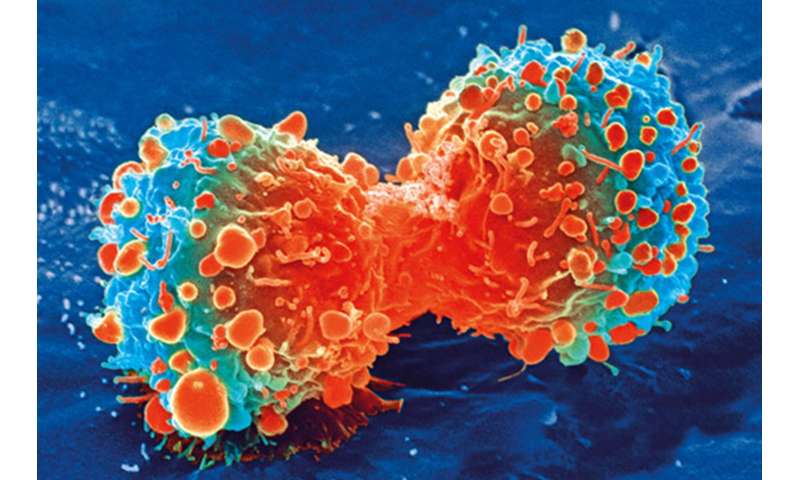Side effects from testicular cancer predicted by machine learning

In collaboration with Rigshospitalet, researchers from DTU Health Technology have developed a machine learning model that can predict chemotherapy-associated nephrotoxicity, a particularly significant side effect in patients treated with cisplatin.
Testicular cancer is the most common cancer in young men. The number of new cases is increasing worldwide. There is a relatively high survival rate, with 95% surviving after 10 years—if detected in time and treated properly. However the standard chemotherapy includes cisplatin which has a wide range of long-term side effects, one of which can be nephrotoxicity.
“In testicular cancer patients, cisplatin-based chemotherapy is essential to ensure a high cure rate. Unfortunately, treatment can cause side effects, including renal impairment. However, we are not able to pinpoint who ends up having side effects and who does not,” says Jakob Lauritsen from Rigshospitalet.
Patient data is key to knowledge
The researchers therefore asked the question: How far can we go in predicting nephrotoxicity risk in these patients using machine learning? First, it required some patient data.
“Using a cohort of testicular-cancer patients from Denmark– in collaboration with Rigshospitalet, we developed a machine learning predictive model to tackle this problem,” says Sara Garcia, a researcher at DTU Health Technology, who, together with Jakob Lauritsen, are the first authors of an article published recently in JNCI Cancer Spectrum.
The high-quality of Danish patient records allowed the identification of key patients, and a technology partnership between DMAC and YouDoBio facilitated DNA collection from patients at their homes using postal delivered saliva kits. The project, originally funded by the Danish Cancer Society, saw the development of several analyses strategies of genomics and patient data, bringing forward the promise of artificial intelligence for integration of diverse data streams.
Best predictions for low-risk patients
A risk score for an individual to develop nephrotoxicity during chemotherapy was generated, and key genes likely at play were proposed. Patients were classified into high, low, and intermediate risk. For the high-risk, the model was able to correctly predict 67% of affected patients, while for the low-risk, the model correctly predicted 92% of the patients that did not develop nephrotoxicity.
Source: Read Full Article
